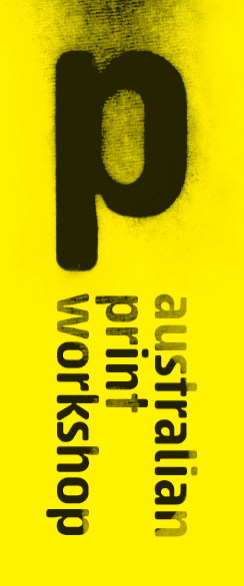Print glossary
Original Limited Edition Fine Art Print: An original limited edition fine art print is a work of art conceived for and produced by means of a print process. The image exists only in the print form, not as a reproduction of an existing work. An original limited edition fine art print is identified by the presence of a signature, a title and an edition number that has been inscribed on each print by the artist.
Aquatint: An intaglio process used to create a tonal or textural area in a printed image. These broad or small areas of tone and texture can range from light to dark and are etched into the plate using a fine layer of rosin dust fixed onto the plate, which acts as a resist or ground when the plate is immersed in an acid bath.
Burnishing: An intaglio technique where a previously etched or drypoint line on an etching plate is removed using a rounded metal tool. The plate is smoothed out in the burnished area but may still pick up ink when the plate is printed.
Chine Collé: A technique whereby a fine piece of tissue paper or rice paper is glued to the printing paper during the printing process. The tissue paper is often a different colour or tone to the printing paper and is used to differentiate the printed image area from the colour or tone of the printing paper.
Drypoint: An intaglio technique whereby a sharp tool is used to scratch (incise) the image directly onto a copper or perspex plate. The incision displaces metal or perspex along the line, creating a burr. The plate is inked and wiped and ink is retained in the incision as well as captured by the burr, producing a characteristic furry line.
Edition: A limited number of prints are printed from each plate. These prints form an edition. They are usually printed by hand and each print is consistent in quality. The artist signs, titles and numbers each print in the edition. This number indicates the number of the individual print over the total number in the edition.
Etching: An intaglio technique in which a metal plate, usually copper, is covered with an acid resistant layer, called a ground. The image is drawn through the ground with a sharp tool revealing the copper below. The plate is immersed in an acid bath and the exposed copper image is bitten or ‘etched’ away creating hollows that hold the ink. The image is transferred by placing a sheet of damp paper on top of the inked plate and running it through an etching press under pressure.
Intaglio: A printing technique in which the design is engraved or etched into the surface of a plate. When ink is applied and excess ink is wiped off, ink remaining in the grooves is transferred to paper under pressure using an etching press. This technique is suited to the production of fine and detailed imagery, as well as broad gestural work. Etching, engraving, aquatint, drypoint, mezzotint, and polymer intaglio are all intaglio techniques.
Lift Ground: An intaglio technique in which the image is painted onto the plate with a water-soluble solution. The whole plate is covered with an acid resist ground and submerged in water. The drawing dissolves, lifting the ground from the plate and exposing the metal only where the image was painted. The plate is then etched and often aquatinted.
Linocut: A relief printing technique using a sheet of linoleum in which the image is cut and carved.
Lithography: A printing technique which relies on the antipathy of grease and water. An image is drawn with a specially prepared lithographic pencil or crayon onto a lithographic stone (a finely grained block of limestone) or lithographic plate (usually aluminium).The stone or plate is chemically treated and during printing, the surface is kept damp so that the image areas only accept ink and the non-image areas repel ink. The image is transferred to paper under pressure using a lithographic press.
Polymer Intaglio: An intaglio technique using a photopolymer plate. The hand drawn or photographic image is exposed to the polymer plate and developed to produce an intaglio plate which is printed in the same manner as an etching.
Relief Printing: A printing technique in which the image is made by cutting or carving away areas of the plate or block. Ink is applied by hand or using a roller to the surface of the plate leaving the cut away areas un-inked. The image is transferred to paper under pressure by hand or using a press. Linocut, woodcut and wood engraving are all relief printing techniques.
Woodcut: A relief printing technique using a plank or block of wood from which the image is cut or carved. The grain of the wood is often evident in the finished print.
Wood Engraving: A relief print in which the image is cut into the 'end grain' of a prepared block of wood using a variety of engraving tools. The grain of the wood is not evident in printed wood engravings. This technique is suited to the production of fine and detailed imagery.
